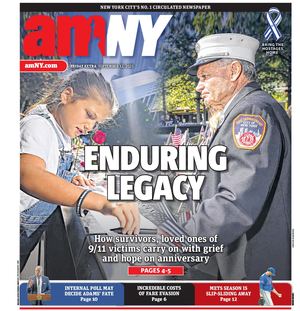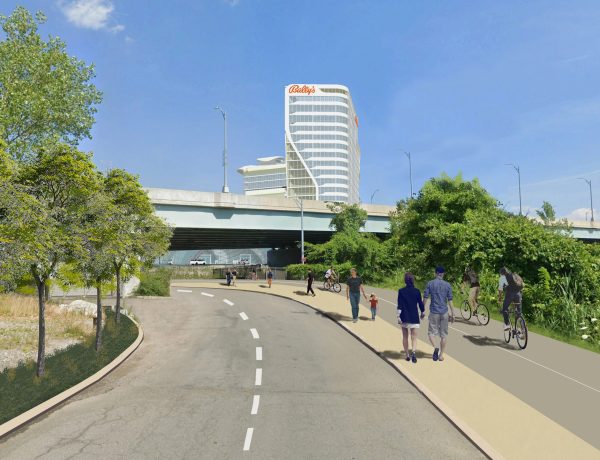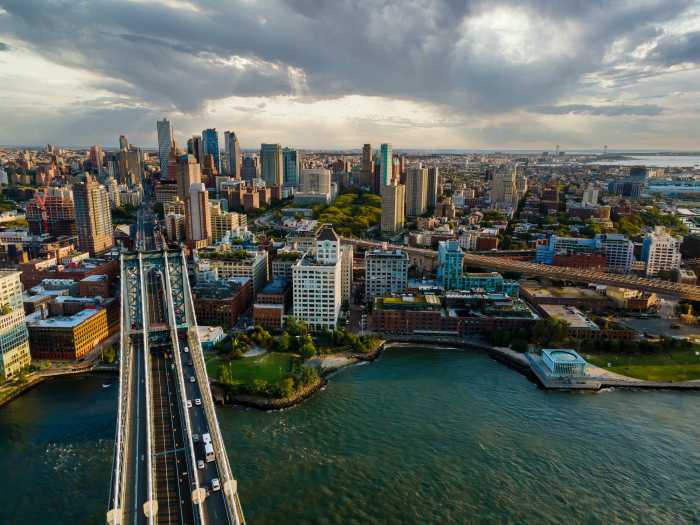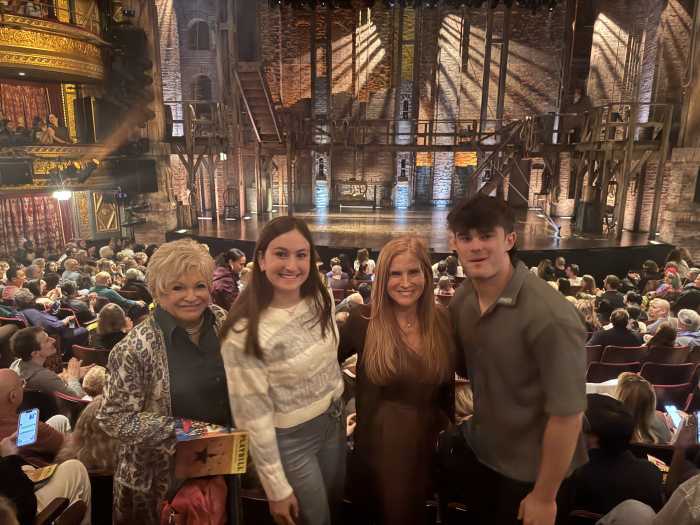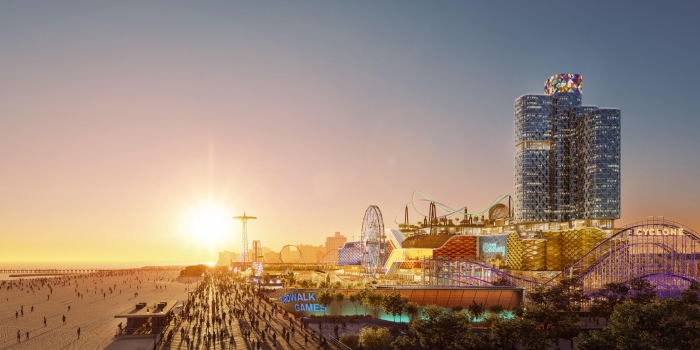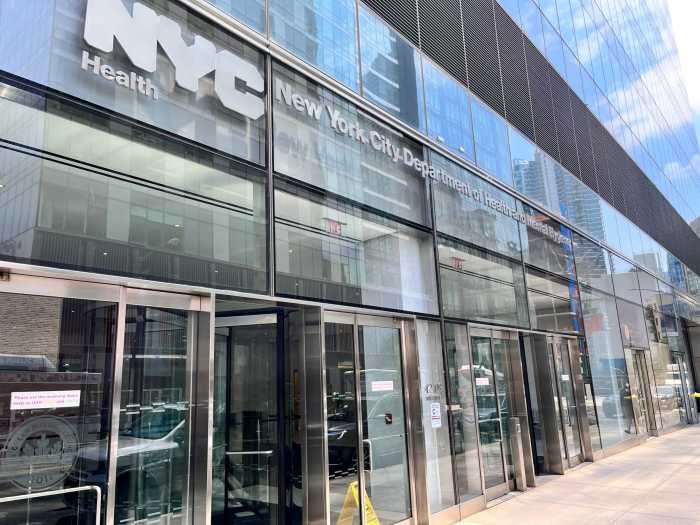Some relief is coming for New Yorkers desperate for cheaper apartments, particularly in three of Brooklyn’s hottest neighborhoods, which were the top spots for affordable housing creation in the borough this year, according to city data.
Prospect Heights, Downtown Brooklyn and Greenpoint will be home to about 75% of the 3,069 newly constructed affordable Brooklyn units that the city’s department of Housing Preservation and Development approved in the 2015 fiscal year. An additional 3,846 affordable apartments in the borough were created by preservation.
Housing experts said the addition of these homes that are below market rate will help the evolution of the communities.
“This is where the demand is, and the developers are moving in,” said Jonathan Bowles, the executive director for the Center for an Urban Future,a non-profit think tank.
HPD The Housing Preservation Department approved 20,326 affordable units through preservation and new construction in the 2015 fiscal year, which is 7,054 more than the previous year and the highest in the agency’s 37-year history. Affordable units are defined by apartments where the rents cover 30% or less of annual income for residents who make less than average median income.
The additional units come at a time when the average rent in Brooklyn and Manhattan is $2,730 and $3,963 per month, respectively, according to a recent report by real estate group MNS.
Wiley Norvell, a spokesman for Mayor Bill de Blasio, said the administration is committed to reaching its goal of 200,000 new and preserved affordable housing units over the next 10 years.
Norvell said the city has aggressively pushed to preserve units where affordability deals were expiring. Another method of preservation included new deals with landlords who offered tenants below-market rates in exchange for assistance from the city for physical or financial issues.
“For example, we might make a deal with a landlord of an old building where we say, ‘If you can keep those rents affordable . . . we’ll pay for the boiler’ and give them tax exemption,” Norvell explained.
HPD added 11,842 units through preservation, according to the data; however, construction of newer units was key for the recent increase in affordable unites, and housing experts say this is what made Brooklyn the hot spot this year.
The buildings with the largest number of affordable units are in upcoming projects like Pacific Park — formerly Atlantic Yards — which will have 480 affordable units; City Point in downtown Brooklyn, which will have 200 affordable apartments; and Greenpoint Landings, which will have 191 affordable units.
Gabby Warshawer, a spokeswoman for City Realty, said the developers had always planned to build in those Brooklyn neighborhoods after they were rezoned a decade ago but the financial crisis stalled everything. Now that the real estate market is booming again, developers are going full steam ahead but they are taking the rent crisis into consideration.
“Bigger projects like City Point and Pacific Park, they have a couple of stand-alone affordable buildings that are supposed to be finished in the next year,” she said.
Warshawer added that similar economic adaptation resulted in more affordable units in the Hudson Yards project and similar developments in Midtown. Some housing groups, however, say this isn’t enough to meet the needs of working class New Yorkers.
The Average Median Income in New York City, which is $86,300 for a family of four, determines who is eligible for the apartments and their rents. For example, a family of four making less than $43,150 a year — 50% the AMI — can apply for a four-bedroom apartment with gas and electricity included that rents for $1,252.
Jose Lopez, an organizer at the nonprofit Make the Road New York, noted 14,116 approved units will be available to people with annual incomes between $38,851 and $62,150 for a family of three. Since many of the apartments are under construction, it’s impossible to determine what the city’s AMI will be when they are available to rent.
“It’s a wide range, and even if we took the lowest number, a lot of our members don’t make that much a year,” he said.
Lopez also noted that the clustering of new construction units in high development areas in Brooklyn and parts of Manhattan means that there is a dearth of options in other neighborhoods, such as Queens and Staten Island, which combined had 2,419 approved affordable units in the 2015 fiscal year.
On Thursday, the mayor broke ground on an affordable senior living apartment complex in the Rockaways and HPD will work to incorporate new units for development plans at Hunter’s Point and Flushing.
“This administration has put the affordability crisis front and center, investing unprecedented resources and creating new programs and policies to speed the creation of affordable housing for communities and families in need,” an HPD spokeswoman said in a statement.
Lopez acknowledged the future rezoning plans are key and predicted they will set the tone for the future affordable units. Bowles agreed and predicted the city will work hard to prevent New Yorkers from being priced out of their neighborhoods.
“Hopefully it will keep these communities diverse,” he said of the affordable housing plans.
